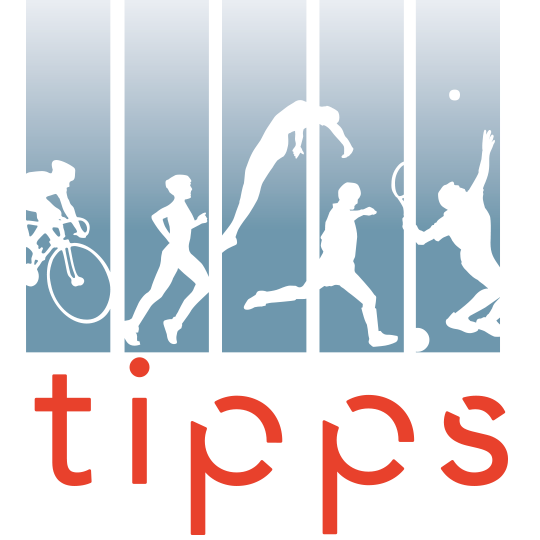Malisoux L1, Nielsen RO2, Urhausen A3, Theisen D4
1Sports Medicine Research Laboratory, Public Research Centre for Health, Luxembourg.
2Department of Public Health, Section of Sport Science, Aarhus University, Denmark; Orthopedic Surgery Research Unit, Science and Innovation Center, Aalborg University Hospital, Denmark.
3Sports Medicine Research Laboratory, Public Research Centre for Health, Luxembourg; Sports Clinic, Centre Hospitalier de Luxembourg, Luxembourg.
4Sports Medicine Research Laboratory, Public Research Centre for Health, Luxembourg.
OBJECTIVES:
To investigate the association between training-related characteristics and running-related injury using a new conceptual model for running-related injury generation, focusing on the synergy between training load and previous injuries, short-term running experience or body mass index (> or < 25 kg m(-2)). DESIGN: Prospective cohort study with a 9-month follow-up.
METHODS:
The data of two previous studies using the same methodology were revisited. Recreational runners (n = 517) reported information about running training characteristics (weekly distance, frequency, speed), other sport participation and injuries on a dedicated internet platform. Weekly volume (dichotomized into < 2h and ≥ 2 h) and session frequency (dichotomized into < 2 and ≥ 2) were the main exposures because they were considered necessary causes for running-related injury. Non-training-related characteristics were included in Cox regression analyses as effect-measure modifiers. Hazard ratio was the measure of association. The size of effect-measure modification was calculated as the relative excess risk due to interaction.
RESULTS:
One hundred sixty-seven runners reported a running-related injury. Crude analyses revealed that weekly volume < 2h (hazard ratio = 3.29; 95% confidence intervals = 2.27; 4.79) and weekly session frequency < 2 (hazard ratio = 2.41; 95% confidence intervals = 1.71; 3.42) were associated with increased injury rate. Previous injury was identified as an effect-measure modifier on weekly volume (relative excess risk due to interaction = 4.69; 95% confidence intervals = 1.42; 7.95; p = 0.005) and session frequency (relative excess risk due to interaction = 2.44; 95% confidence intervals = 0.48; 4.39; p = 0.015). A negative synergy was found between body mass index and weekly volume (relative excess risk due to interaction = -2.88; 95% confidence intervals = -5.10; -0.66; p = 0.018).
CONCLUSIONS:
The effect of a runner's training load on running-related injury is influenced by body mass index and previous injury. These results show the importance to distinguish between confounding and effect-measure modification in running-related injury research.
Copyright © 2014 Sports Medicine Australia. Published by Elsevier Ltd. All rights reserved.
KEYWORDS: Effect-measure modification; Injury mechanism; Sports injury prevention; Training load monitoring
J Sci Med Sport. 2015 Sep;18(5):523-8. doi: 10.1016/j.jsams.2014.07.014. Epub 2014 Aug 12.









